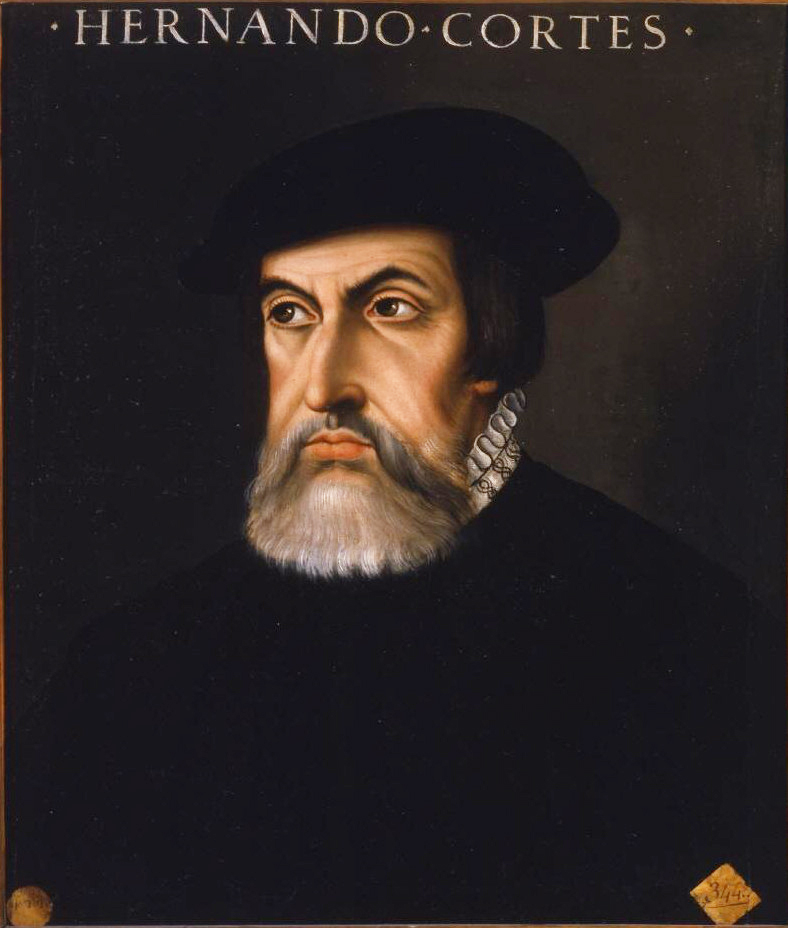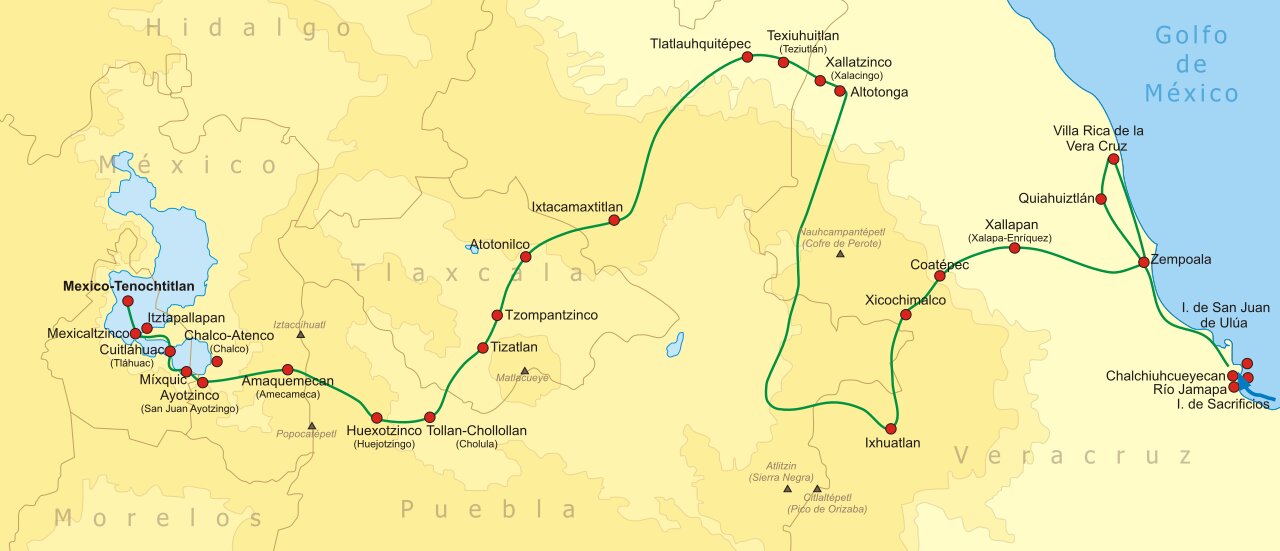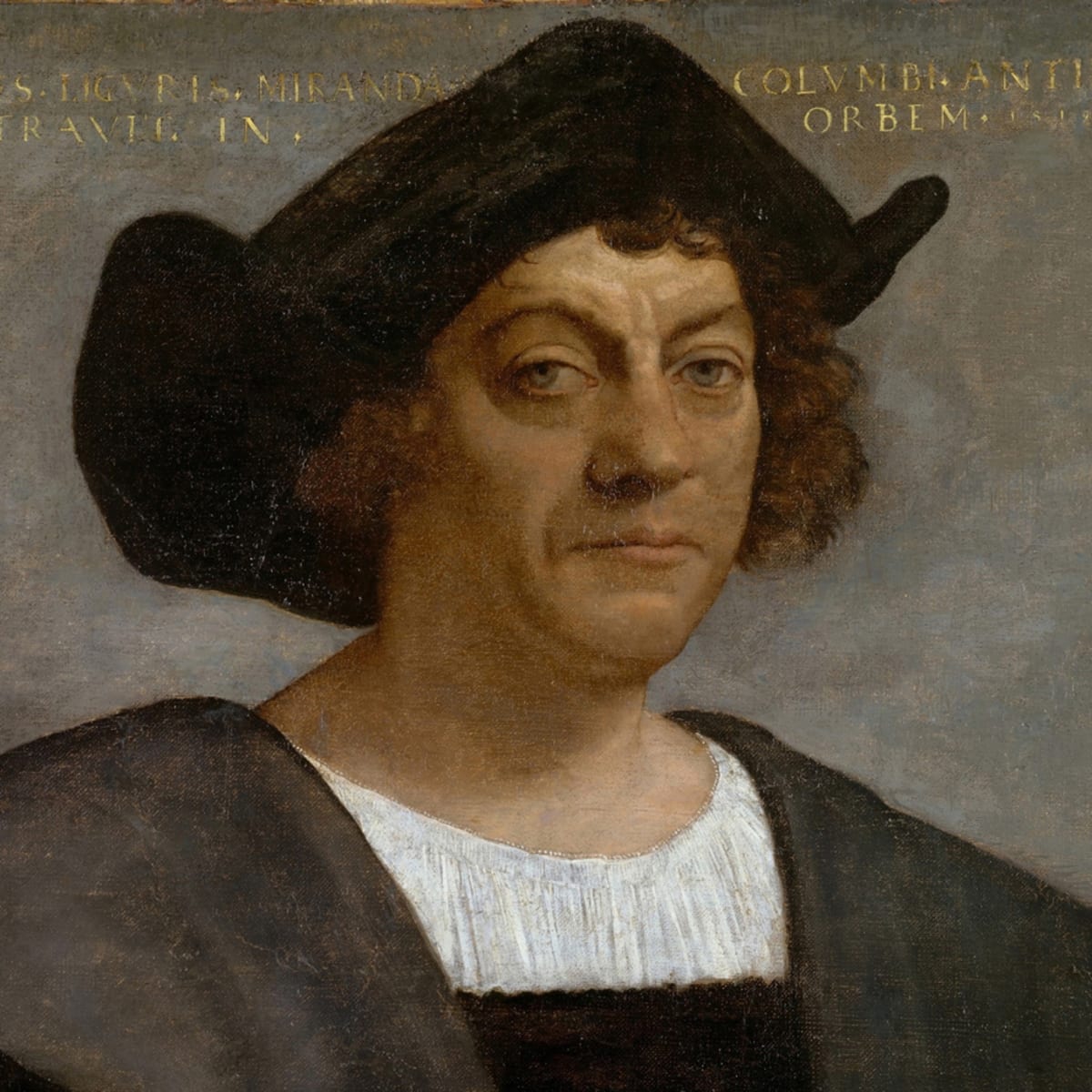Spain expeditions
Hernán Cortés: Conquering the Aztecs
Hernán Cortés was a Spanish conquistador who is best known for his expedition to Mexico, where he led the Spanish conquest of the Aztec Empire. Cortés began his expedition to Mexico in February 1519, with a force of around 600 men, including soldiers, sailors, and indigenous allies. He landed on the coast of Mexico and began to move inland, where he encountered the Aztec Empire. He was able to make alliances with some of the indigenous peoples he encountered, who were unhappy with Aztec rule, and used them to help him defeat the Aztecs. During his expedition, he passed through the isthmus of Panama, Central America, and El Salvador. He encountered indigenous people in El Salvador and other parts of Central America, but he didn't stay long and he didn't conquer any territories in El Salvador. His goal was to reach Mexico. Cortés arrived in Mexico in November 1519, and quickly began to make inroads against the Aztecs. He was able to capture the Aztec capital of Tenochtitlan in 1521 and bringing an end to the Aztec Empire. Cortés's expedition was one of the most important events in the history of the Americas, as it marked the beginning of the Spanish conquest of the New World and the end of Aztec civilization.
📅 Duration
From 1519 A.D. to 1521 A.D.
🤠 Explorers
Christopher Columbus's First Voyage to America
Christopher Columbus was an Italian explorer and navigator who is credited with the discovery of the Americas. In 1492, he embarked on a voyage sponsored by King Ferdinand and Queen Isabella of Spain, with the goal of finding a westward route to the East Indies. Instead, he landed in the Bahamas, which he named the "New World." On August 3, 1492, Columbus set sail from Spain with three ships: the Nina, the Pinta, and the Santa Maria. After several weeks at sea, they landed on an island in the Bahamas on October 12, 1492. Columbus and his crew encountered the indigenous Taino people, who they called "Indians." From the Bahamas, Columbus and his crew explored other islands in the Caribbean, including Cuba and Hispaniola (present-day Haiti and the Dominican Republic). They also encountered other indigenous peoples, including the Taíno and the Carib. Columbus returned to Spain in 1493, after his first voyage to the New World. He made three more voyages to the Americas, but he never found a westward route to the East Indies. Despite his role in the discovery of the Americas, Columbus's legacy is controversial due to the violence and exploitation that accompanied European colonization of the New World.
📅 Duration
From 1493 A.D. to 1492 A.D.
🤠 Explorers
© 2022 Amin Rashidbeigi




